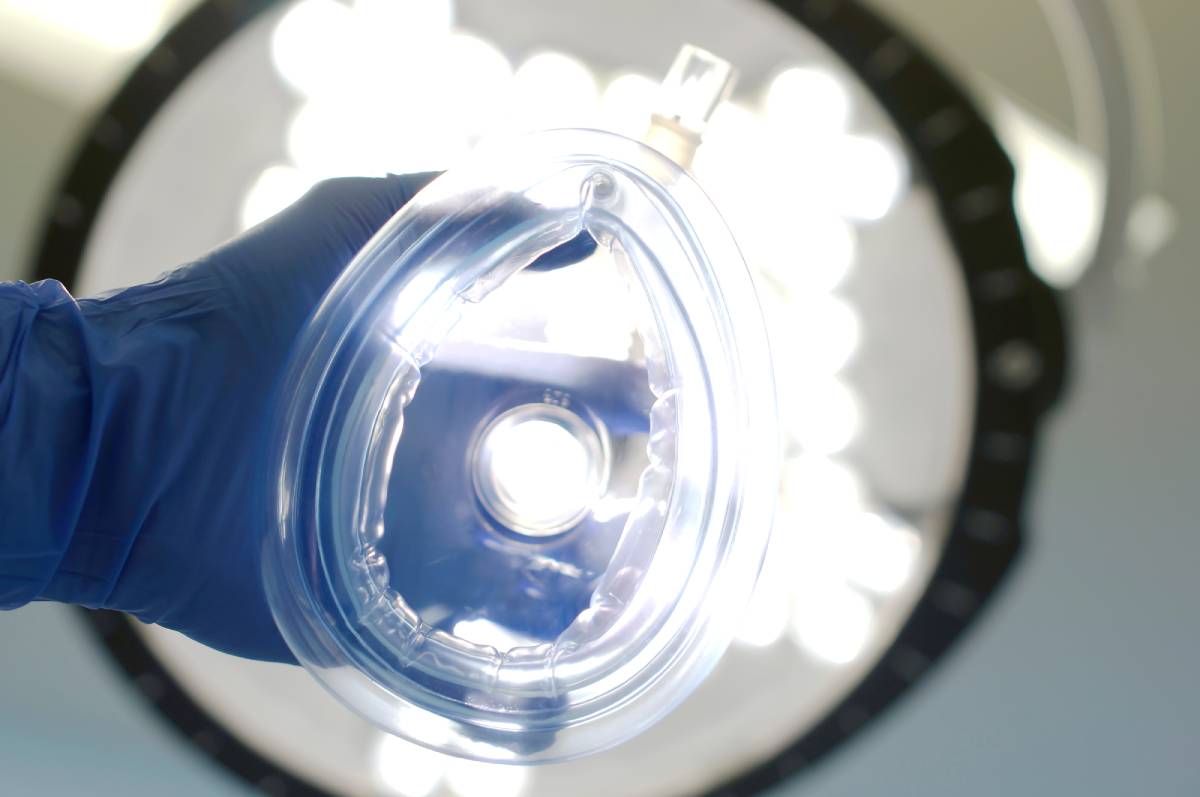Adding flavor to mask anesthesia is a technique used to improve the experience of patients, particularly children, undergoing inhalational induction of anesthesia. Inhalational induction, where the patient inhales an anesthetic gas such as sevoflurane through a mask, can sometimes be distressing due to the unpleasant smell of the anesthetic agents. By adding pleasant scents or flavor or by using distractions, healthcare providers can reduce anxiety, improve patient cooperation, and create a more positive environment during mask induction of anesthesia.
To counteract the unpleasant odor of anesthetic gases, clinicians can use various techniques to make the experience more pleasant. These approaches are particularly useful in pediatric populations but can also benefit anxious adults. One of the simplest methods to improve the experience of mask anesthesia is to apply a scented flavor directly to the mask. Various medical suppliers offer pre-scented masks in child-friendly fragrances like bubblegum, cherry, vanilla, and strawberry. These scents can help mask the odor of the anesthetic gases, making it more tolerable for patients 1.
In addition, clinicians can also add scents to the mask using common household items. For example, small drops of pleasant-smelling oils like lavender, peppermint, or ginger can be applied to the mask’s exterior 2. These oils are typically non-irritating and can help to calm anxious patients while covering the smell of the anesthetic gas. In addition, some providers place flavored or scented stickers directly on the mask. These can be either disposable or washable, allowing for a variety of scent options to suit patient preferences.
Overall, using pleasant scents or flavors reduces the stress associated with anesthesia induction, particularly in children. This can lead to smoother, faster inductions, as patients are more likely to cooperate. A positive, less stressful experience during induction can reduce overall fear of medical procedures, especially for children who may need repeated surgeries or treatments. A scented mask can transform a scary moment into something less intimidating. In addition, by reducing pre-induction anxiety, the risk of negative physiological responses like increased heart rate, hypertension, or crying is minimized, leading to a safer induction process.
In addition to adding flavor to the mask for anesthesia, other strategies can reduce patient anxiety. First, simple explanations about the procedure can help calm patients and reduce fear, especially in children. This can be done through games or role-play, where children are shown the mask and encouraged to hold or smell it before the actual procedure 3,4.
Furthermore, visual or auditory distractions, such as playing music or showing cartoons, can take the patient’s attention away from the anesthesia mask. This is often combined with scented masks to make the overall experience less daunting 5.
Finally, some anesthesiologists also use nitrous oxide (laughing gas) in combination with flavored masks to help ease the transition into anesthesia. Nitrous oxide has a mild sedative effect, reducing anxiety and making the patient more comfortable before the anesthetic gas used to maintain anesthesia, such as sevoflurane, is administered. The use of nitrous oxide can help patients accept the mask more easily 6,7.
Adding flavor or scent to mask anesthesia is a simple but effective way to enhance the experience of patients, especially children, during anesthesia induction. Whether through the use of scented masks, aromatherapy oils, or distraction techniques, these approaches make the experience less distressing and more pleasant.
References
1. Abukawa, Y. et al. The use of a scented face mask in pediatric patients may facilitate mask acceptance before anesthesia induction. Front. Med. (2023). doi:10.3389/fmed.2023.1190728
2. Kaufman, H. et al. Aromatherapy in the PACU: Amazing Scents with Pleasing Benefits. J. PeriAnesthesia Nurs. (2022). doi:10.1016/j.jopan.2022.05.058
3. Wongkietkachorn, A., Wongkietkachorn, N. & Rhunsiri, P. Preoperative Needs-Based Education to Reduce Anxiety, Increase Satisfaction, and Decrease Time Spent in Day Surgery: A Randomized Controlled Trial. World J. Surg. (2018). doi:10.1007/s00268-017-4207-0
4. Feninets, V. et al. The Effect of Preoperative Educational Intervention on Anxiety and Pain of Patients Undergoing Spinal Decompression Surgery: A Pilot Randomized Controlled Study. Cureus (2022). doi:10.7759/cureus.28368
5. Wang, R., Huang, X., Wang, Y. & Akbari, M. Non-pharmacologic Approaches in Preoperative Anxiety, a Comprehensive Review. Frontiers in Public Health (2022). doi:10.3389/fpubh.2022.854673
6. Gupta, P. et al. Evaluation of the efficacy of nitrous oxide inhalation sedation on anxiety and pain levels of patients undergoing endodontic treatment in a vital tooth: A prospective randomized controlled trial. J. Conserv. Dent. (2019). doi:10.4103/JCD.JCD_332_18
7. Nitrous Oxide (Laughing Gas): Uses, Side Effects & Safety. Available at: https://my.clevelandclinic.org/health/treatments/nitrous-oxide-laughing-gas.
